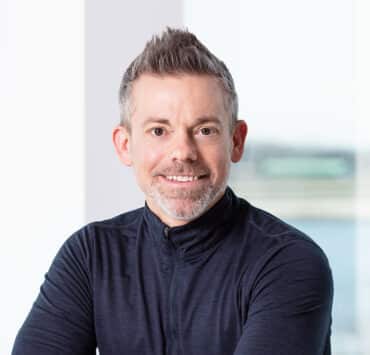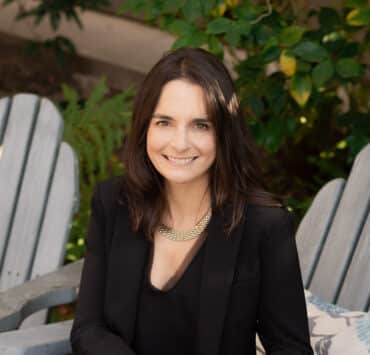|
Getting your Trinity Audio player ready...
|
As chief compliance officer at Sprinklr, Andrea Bilbija oversees global regulatory compliance, enterprise risk management, and Sprinklr’s governance and compliance program. The attorney is grateful for the opportunity to learn from Sprinklr’s engineering and product design teams to help bring their ideas to the market.
Bilbija stresses the importance of “micro-opportunities,” leaning into competence, and just how much one fictional lawyer can make a difference. Learn more about how creativity and empathy have shaped this young lawyer’s path.
Who was your first fictional legal inspiration and why?
The first fictional character that I internalized as an attorney was Atticus Finch when I read To Kill A Mockingbird in the 7th grade. What I was struck by most is the respect, compassion, and patience with which Atticus approached his work and his clients, and how those factors were such an integral part of his legal reputation. I appreciate a narrative where lawyers are not winning based on ruthlessness, but rather where their humanity is a driver for their success.
After graduating law school, my sister gifted me a framed copy of the first page of To Kill a Mockingbird. It has a brief quote from Charles Lamb which reads “Lawyers, I suppose, were children once.” I keep it in my office and it’s a lovely reminder that there is still power in softness, curiosity, and empathy—even if we don’t often associate those characteristics with the law.
What is one of the biggest misconceptions about being an attorney or the legal function itself?
That being a lawyer does not require creativity. As lawyers, especially those working in-house, we are often presented with novel and complex questions that rarely have easy answers. The ability to untangle high risk issues and then solution for them in a way that is compliant but also enables your business to innovate requires a flexible mindset and creative problem-solving.
One of my favorite parts of working in-house is the ability to sit alongside our brilliant product or engineering teams and brainstorm on ways that we can achieve business goals, meet our legal and compliance obligations, and future-proof our products or processes to efficiently address inevitable future regulatory changes. That sort of collaboration not only pushes me as a lawyer when it comes to a refined, tailored, and targeted legal analysis, but also requires me to flex creatively as a business partner so that I can enable my stakeholders to achieve their goals.
What’s a piece of unconventional advice you’ve received that was helpful?
I’ve been lucky enough to work for managers who place a deep emphasis on supporting their teams, and two of them operate on the principle that the person who knows the most about a topic should lead the conversation.
This approach felt counterintuitive to the experience I’d previously had as a lawyer. Often, despite doing all the work, research, and organization, associates or young lawyers rarely get the chance to lead discussions on those topics. Even worse, they are sometimes not invited to have a seat at the table to observe how their efforts fold into the larger discussions and decision-making processes.
Working for managers who insisted on giving me stretch opportunities to lead meetings with senior leaders and executives was instrumental in my legal and professional development. I often hear about these opportunities being tied to one’s “executive presence,” but I believe that leaning into competence instead, and allowing younger lawyers to find their leadership style through these micro-opportunities on topics that they have mastered, allows for more authentic development, and is something I strive to achieve as a leader with my own teams as well.
Find Andrea Bilbija on LinkedIn

